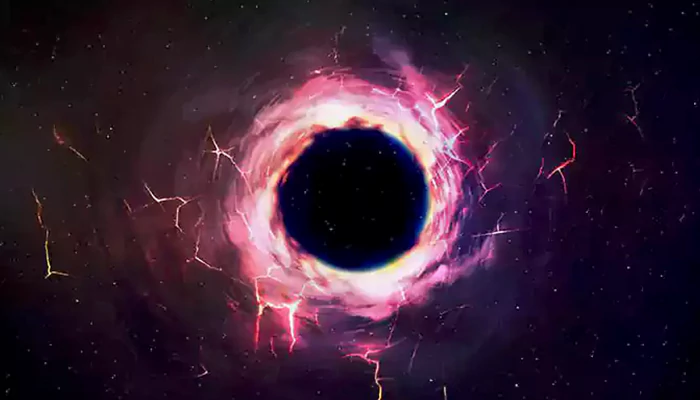Five Messier Objects For Beginners To Spot Through A Telescope
As a new owner of a telescope, it is easy for you to soon get discouraged after spotting the brighter planets, but remember there is a vast universe of riveting and spectacular stuff to discover.
- Satavisha
- 15 October, 2024
- 2 mins ago

Five Messier Objects For Beginners To Spot Through A Telescope
As a new owner of a telescope, it is easy for you to soon get discouraged after spotting the brighter planets, but remember there is a vast universe of riveting and spectacular stuff to discover.
For seasoned as well as budding stargazers in the northern hemisphere, the most popular observing list is offered by the Messier Catalogue and it will guide you to spot deep-sky objects through your telescope. The Messier catalogue constitutes examples of all the known deep-sky objects – an amazing assortment of globular and open clusters, galaxies, nebulae, and remnants of a supernova. Read on to check out the five Messier objects that you can spot through your telescope.
M31, Andromeda Galaxy, Andromeda
The Andromeda galaxy is nearly 2.8 million lightyears away and is certainly the most distant object visible to the eye. It will be quite amazing to spot the Andromeda galaxy through your telescope. Note that there are two more Messier objects near our neighboring galaxy: M32 and M110, both are dwarf elliptical galaxies and can be viewed through a telescope.

M15, Globular Cluster, Pegasus
This ancient cluster is estimated to be approximately 12 billion years old and nearly 35,000 light-years away. Even if you own a small telescope, you will be able to spot the bright center of the cluster, surrounded by an outer region that is much hazier. However, a larger telescope can resolve individual stars in the cluster’s outer reaches.
M2, Globular Cluster, Aquarius
With about 150,000 stars, Messier 2 is one of the largest and brightest clusters known, which can also be witnessed through the naked eye. However, it is quite challenging to locate M2 being in a remote area of the sky. It is suggested to spot M2 using a wide field eyepiece and then increase the magnification to get a clearer look.
M79, Globular Cluster, Lepus
Messier 79 is 41,000 light-years away and nearly 60,000 light-years away from the center of our galaxy. As suggested by astronomers, M79 is outside the Milky Way. This was a rewarding find and it is spectacular to spot the ball of light through your telescope’s eyepiece.
M45, Pleiades, Taurus
M45 can be easily spotted by the naked eye. It is an indistinguishable patch of light that constitutes stars positioned in a way to resemble ‘V’. You can get a clear look at it even through a small telescope. M45 is an extensive open cluster that is only 500 light-years away from earth and contains hot, young, blue stars. Through a beginner’s telescope, you will be able to spot a few dozen stars, or about 50.
Look through your beginner’s scope and find out which Messier object is your favorite!





